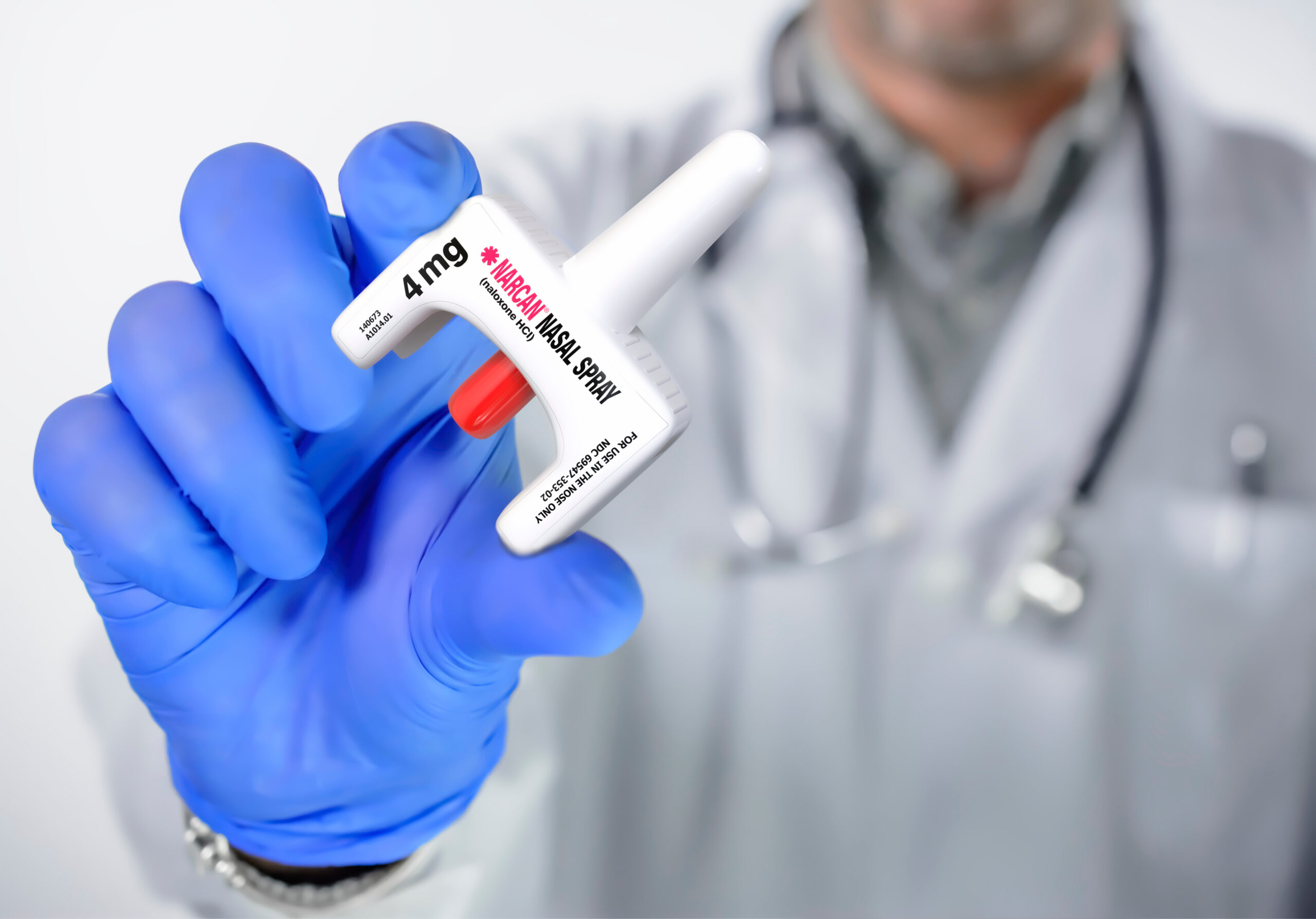The opioid epidemic has spread from the east and west coasts to middle America. Many first responders, families and businesses are dealing with the difficulties concerning loss of life and the tragedy that follows from an opioid-related injury.
The United States saw its first wave of opioid-related overdose deaths in the 1990s. Since then the number of drug overdose deaths has increased to more than 16% from recent years of 2020 to 2021. Shockingly, over 75% of the nearly 107,000 drug overdose deaths in 2021 involved an opioid, and the numbers continue to rise as another wave hits the US.
As the problem expands across the Midwest, company owners, especially nonprofits who specialize in behavioral health, have seen a growing need to bring awareness to their employees and those they serve.
Recognize the signs
With escalating numbers of opioid overdoses, it has become crucial for employers and their employees to be able to recognize the signs of a potential overdose. How can you tell if someone is experiencing an opioid overdose?
Some signs include:
- Small, constricted “pinpoint pupils”
- Falling asleep or losing consciousness
- Slow, weak or no breathing
- Choking or gurgling sounds
- Limp body
- Cold and/or clammy skin
- Discolored skin (especially in lips and nails)
In the event of an opioid overdose, immediate emergency attention is required as it is life-threatening situation. Calling 911 is imperative; medical personnel will be equipped to provide Naloxone to counter the effect of the overdose.
While learning the signs and significant dangers of an opioid overdose, having a powerful tool, such as Naloxone is vital.
What can Naloxone do?
Naloxone is an approved Food and Drug Administration (FDA) medication that is designed to block the effects of an opioid overdose and restore breathing within a few minutes. Naloxone is also known under the brand name Narcan. This counter-effect medication can be administered through a nasal spray (most common) and its effects do not last long.
Some may be hesitant to administer this spray to someone experiencing an overdose; however, Good Samaritan laws in most states cover those assisting others in need. Naloxone is also safe to administer to people not under the effects of opioids, so administering in potential cases is encouraged.
Where can you find Naloxone?
Many organizations and government agencies are providing Naloxone at no direct cost. There are many different resources in the Kansas City, Missouri area, such as NoMo Deaths. This website helps individuals in Missouri find free Naloxone in their area. Directly linked to this site is NEXT Distro. As an online mail-based service, they can provide information on where to find Naloxone in your state as well as state law information.
For clients of The Miller Group in Utah and Texas, resources can be found here:
Administering Naloxone
Since the most common way to administer Narcan is through a nasal spray, the process can be easy to remember with the three steps of Lay, Spray and Stay:
Lay
- Check for slowed breathing or unresponsiveness
- Move the person so they are laying on their back and tilt their head up
Spray
- Insert device into either nostril
- Press plunger firmly
Stay
- Call 911 immediately
- Continue to monitor breath while waiting for first responders
- Stay with the person until first responders arrive
Information at your fingertips
Ensuring that your employees are equipped with public information is critical in mitigating the risks associated with the opioid epidemic. Knowing the dangers of prescription opioid use, recognizing the signs of an overdose, and providing guidance on how to respond in such situations prepares them for potential future scenarios.
If you want to know more information about the opioid epidemic and what steps are being taken to combat overdoses, please visit your state’s health and safety website for more information. There you can find laws and other imperative information that is specific to your state and region.
*This blog is not intended to serve as legal advice for individual fact-specific legal cases or as a legal basis for your employment practices.
Webinar recap:
Learn how naloxone can become a life-saving resource at your organization. Our panel discussed costs, training and the right policies to put into place in our webinar recap over Addressing The Opioid Crisis.

